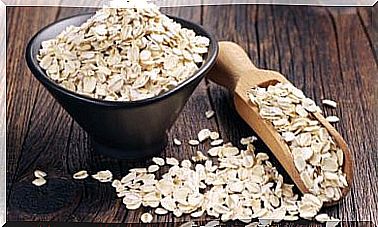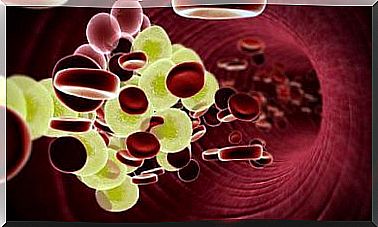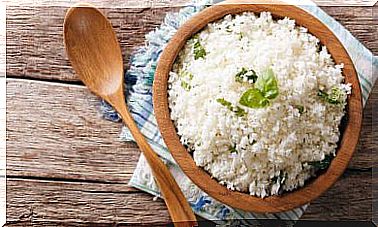Clotting Problems: How Does The Blood Clotting Process Work?
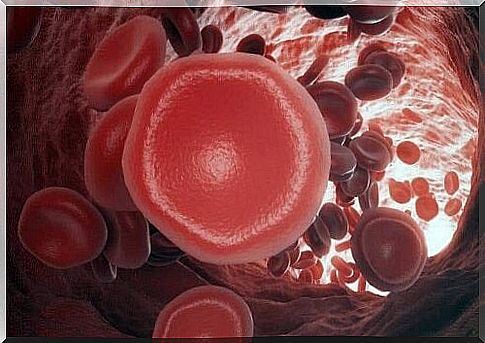
Blood clotting is the process by which blood changes from its natural liquid state into a gel form and forms a blood clot. A clot is a mass of blood that forms when platelets, blood cells, and certain proteins stick together. Keep reading to learn more about blood clotting and clotting problems.
Some Important Notes About Blood Supply
First of all, it is important to distinguish a blood clot from a thrombus or an embolism. The word thrombus refers to a clot attached to the wall of a blood vessel where it originated.
Embols, on the other hand, are clots that circulate through the bloodstream and stop in one part of the body, stopping blood flow.
Blood clotting is an essential life process. In fact, all mammals have a similar blood clotting process. Therefore, in this article you will learn valuable information about this essential anatomical process.
How does blood clotting work?
To understand blood clotting or coagulation, you must first have some knowledge of the physiology of blood. In its natural state, the blood flows without turning into some sort of gelatinous state. The vessel walls are healthy and there is no activation of substances that can cause the formation of clots.
At this time, the anti-clotting and clotting processes are in balance. Numerous proteins work together in two different processes that help regulate this equilibrium or balance, called hemostasis.
When a blood vessel is damaged, a chain reaction occurs: the activation of a series of proteins leads to clot formation. This chain is called the coagulation cascade.
More than 10 different proteins, called coagulation factors, play a role in the mentioned clotting cascade. These proteins are found in the blood plasma.
The blood clotting process
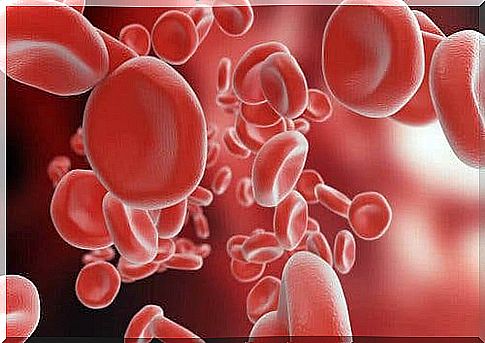
In short, the following is what happens during blood clotting:
- First, a small tear occurs in the wall of a blood vessel. This causes a hemorrhage (the term hemorrhage is simply used to describe the draining of blood from the arteries, regardless of how much blood is lost).
- Then the blood vessels narrow. This is in an attempt to restrict blood flow and prevent too much blood from being lost through the wound.
- Then the platelets are activated. Platelets are parts of cells that circulate in the blood. They attach to each other at the wound site and form a kind of plug. At this point, one of the most important clotting factors, known as von Willebrand factor (VWF), starts to work.
- Then the rest of the clotting factors activate the production of fibrin. Fibrin is a powerful substance that makes it possible to form a kind of net that keeps the plug firm and stable.
- When the wound heals, this formed plug (the clot) dissolves. Thus, the balance is restored and the blood vessel returns to its natural state.
What diseases are associated with clotting problems?
As we mentioned, blood clotting is a fundamental life process. When one of the elements associated with it fails, numerous diseases can occur. Here is an explanation of some of the most common diseases that cause clotting problems.
von Willebrand’s disease
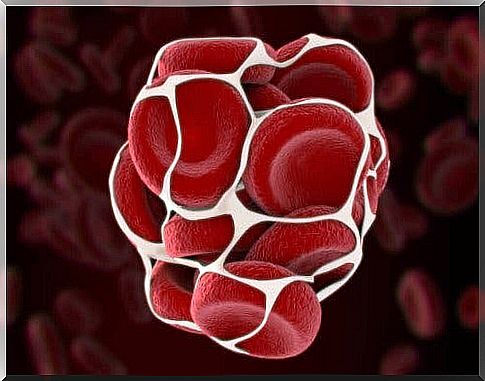
This is the most common condition associated with clotting problems. People with this disease also have a problem with von Willebrand factor (VWF). As mentioned earlier, this factor is the one that helps the platelets to clump together.
It is estimated that up to 1% of the population suffers from this condition. However, the symptoms are mild and few people receive a formal medical diagnosis.
Some symptoms are:
- Nosebleeds that last for a long time.
- Profuse periods in women (heavy to very heavy periods).
- Excessive bleeding from an injury or blood in the urine and/or stool.
Hemophilia, hereditary clotting problems
Hemophilia is a bleeding disorder in which a person lacks factor VIII or IX. People who suffer from this tend to bleed for a long time after an injury because their blood does not clot normally.
It is also a hereditary disease that can be very serious. When internal bleeding occurs, the organs and tissues can be damaged and the patient’s life can be seriously endangered.
An interesting fact is that this is the disease that many members of the royal families suffered in the 19th century. Thus, the sons of the last Russian tsars suffered from this disease. Numerous studies have focused specifically on finding the origin of this disease, especially for this reason.
Conclusion clotting problems
Blood clotting is a complex process that keeps us alive. It is very important to study how it works and how clotting problems can affect health. In this way people can be treated where there is a defect in this clotting process.

